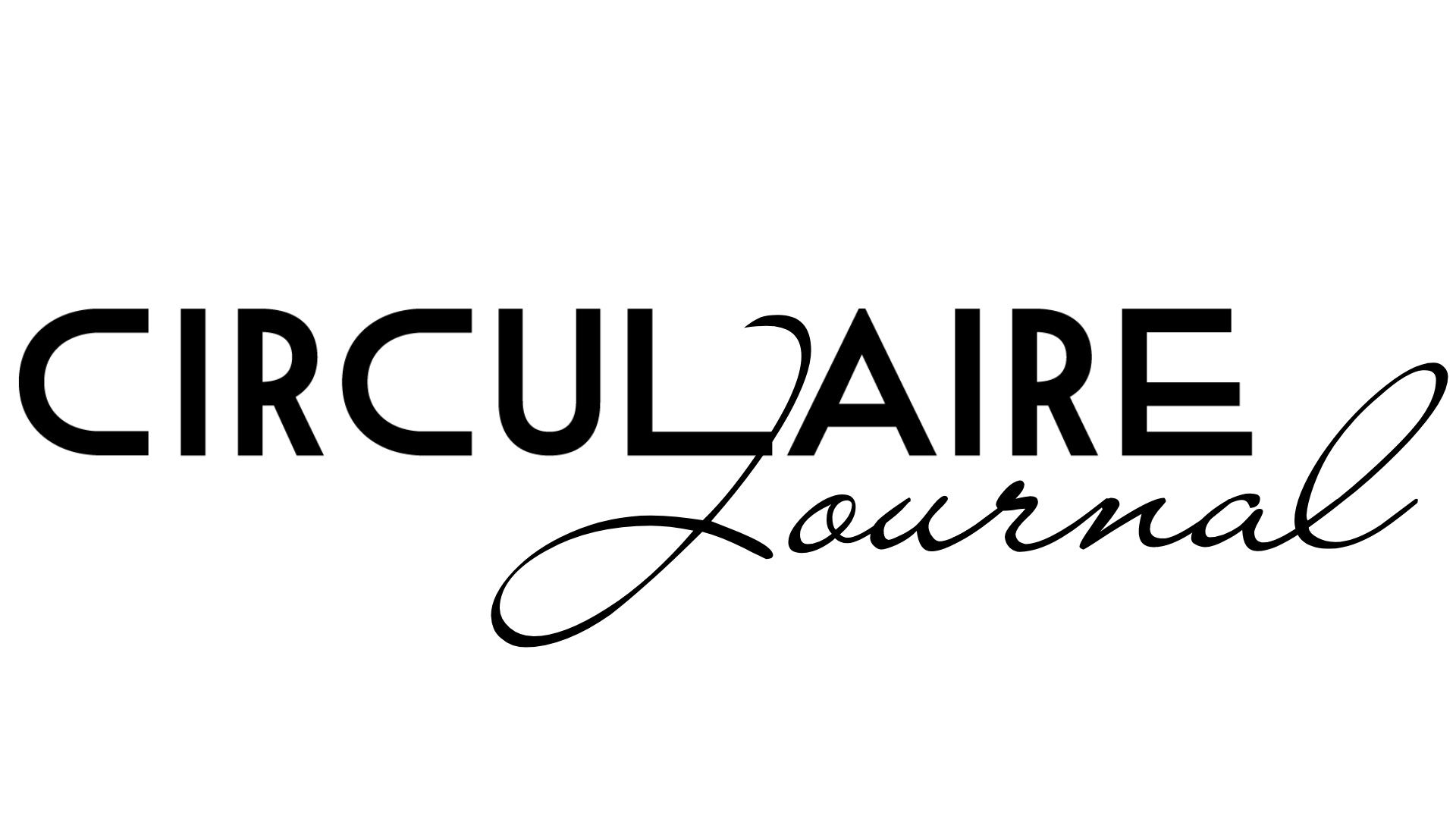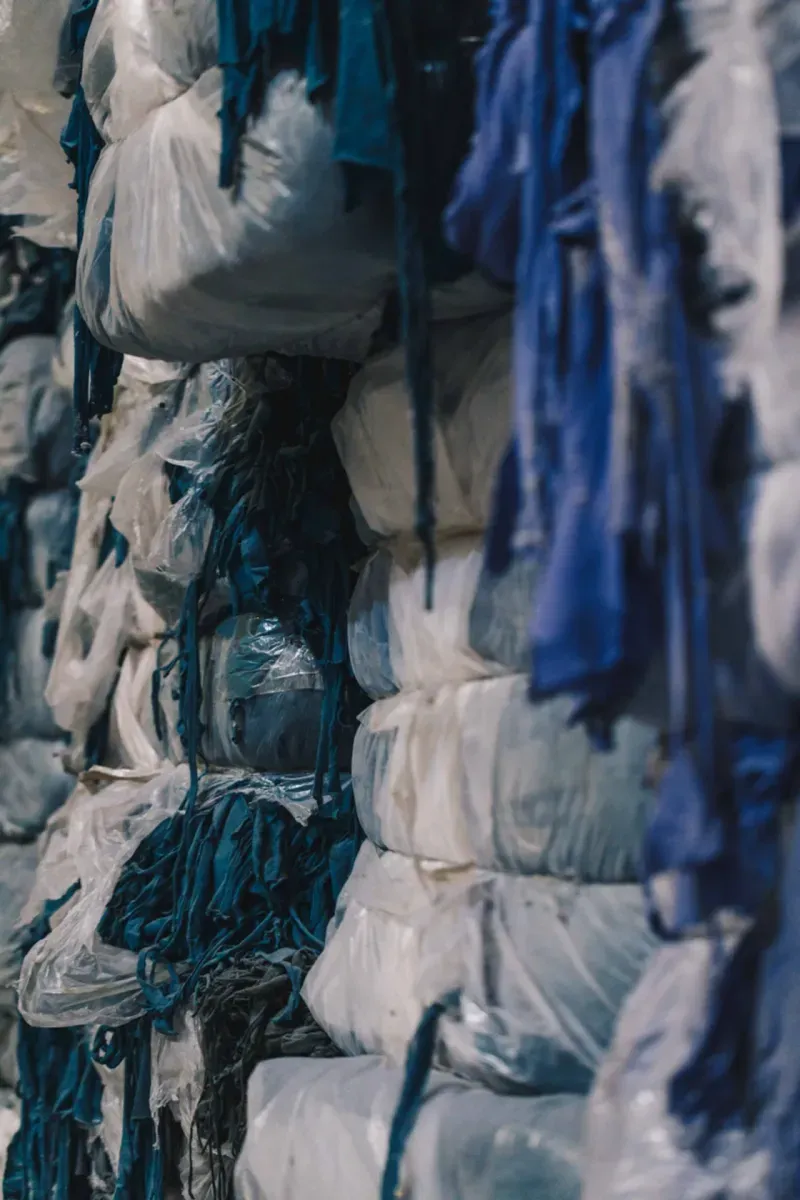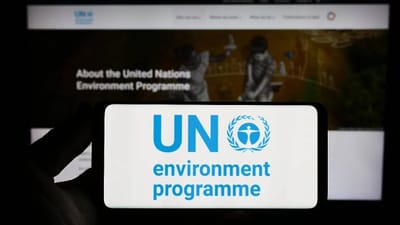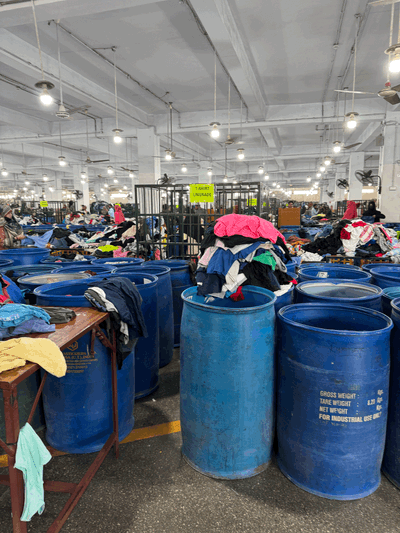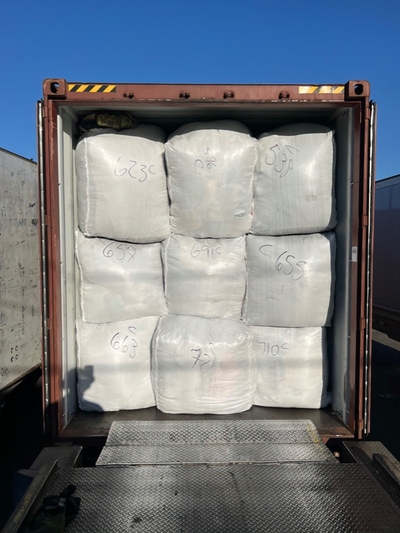For more than nine decades, the Secondary Materials and Recycled Textiles Association (SMART) has been at the forefront of efforts to extend the life of clothing and textiles. As Brian London, President of the association, puts it: “SMART’s greatest contribution is building the connective tissue of a global, professional circular-textiles ecosystem: setting standards, elevating data-driven advocacy, and giving voice to reuse, repurposing and then recycling at the policy table.”
London highlights that SMART’s role has always been both practical and political, turning industry expertise into public-facing education and pragmatic guidance for governments and brands. From classroom toolkits to policy briefs, the association has consistently worked to ensure more textiles are collected, sorted, reused, and recycled rather than landfilled.

“Twenty years ago SMART was a smaller, more insular group; today our membership has nearly doubled, and we’re actively building bridges with non-profits, academics, innovators, recyclers, and other trade associations.”
- Brian London, President of SMART
Balancing environmental responsibility with economic growth is central to SMART’s mission. “We balance both by championing policies and practices that scale quality reuse and recycling…the fastest route to lower emissions and real jobs,” London explains. He points to frameworks such as California’s SB 707 as examples of Extended Producer Responsibility (EPR) legislation that can fund collection and sorting, while safeguarding trade flows that sustain reuse across borders. “The objective isn’t ‘growth at any cost,’ but durable circular markets that deliver measurable environmental returns and stable livelihoods.”
Under London’s leadership, SMART is prioritising policy engagement, market access, and broadening its network beyond its traditional membership base. “Twenty years ago SMART was a smaller, more insular group; today our membership has nearly doubled, and we’re actively building bridges with non-profits, academics, innovators, recyclers, and other trade associations,” he says. This outreach includes hosting conferences such as the Textile Recovery Summit and the Textile Recycling Expo, and engaging with international stakeholders to ensure reuse and recycling remain central to emerging policy frameworks.
Circularity, London stresses, must be “reuse-first, recycling-ready.” He sees the next decade as an era in which garments will be kept in circulation for as long as possible before moving into upcycling, automated sorting, or fibre-to-fibre recycling. With regulation increasing across North America and Europe, SMART is focused on ensuring new frameworks support—not hinder—existing systems. “Equally important, the future of circularity will be data-driven,” he notes. “Traceability and material intelligence are becoming central to proving impact and shaping policy.”
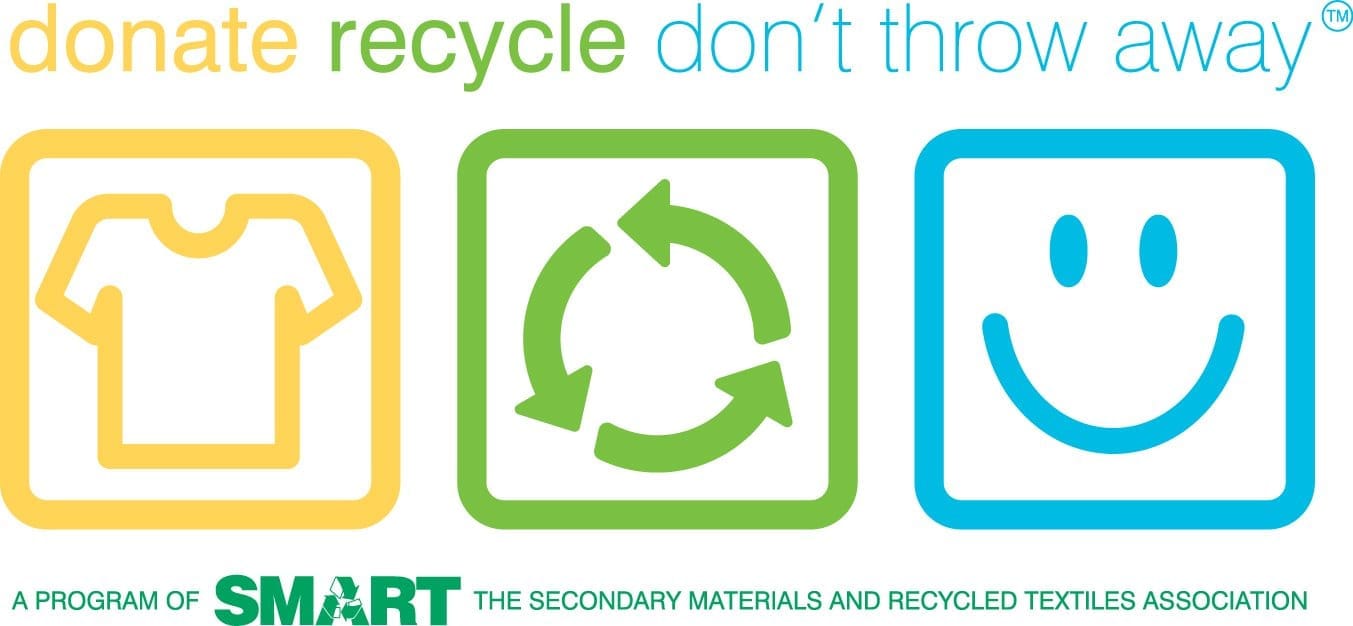
The industry is not without challenges. One of the greatest threats, London argues, comes from “blunt, one-size-fits-all policy proposals that conflate textile reuse with textile waste.” Misclassification of legitimate exports under frameworks such as the Basel Convention risks cutting off vital supply to secondhand markets, with real consequences for livelihoods. Compounding this are misleading narratives that exaggerate waste levels in markets such as Ghana. “Unfortunately, such narratives fuel reactionary regulation rather than evidence-based solutions,” he says. SMART continues to push for harmonised, realistic definitions that preserve reuse while funding collection and sorting.
Despite these hurdles, innovation is shaping the sector. London points to advances in AI-driven sorting, automated disassembly, and fibre-to-fibre recycling technologies from companies like Syre, Reju and Circ. “While Renewcell’s collapse showed that progress isn’t always linear, the pipeline of innovation is real, and SMART is ready, willing, and able to support members as these technologies move from investment phase into active, scalable parts of our industry.”
At the same time, SMART continues to emphasise the proven impact of global reuse markets. Independent studies have shown that extending a garment’s life displaces new production, saving water and reducing carbon emissions while creating jobs in local economies. “When garments flow responsibly, they don’t just extend their environmental value…they provide real economic opportunity to people and communities who rely on them,” London says.

Consumer education remains critical. SMART has long invested in school curricula and community outreach, and more recently has helped municipalities manage safe and effective textile collection bins. “Better input quality equals better reuse and recycling results,” London explains.
Looking ahead, London is clear about SMART’s vision: “Our north star is simple yet profound: to make it easier for every garment to have another life.” That means ensuring policies fund collection and sorting, technologies sharpen material intelligence, and trade frameworks keep global reuse markets open. “At its core, SMART is an association of doers,” he concludes. “We’ve quietly extended the lives of billions of pounds of textiles, proving that circularity isn’t an abstraction but a daily practice. The future of textiles will be written not in slogans but in systems—and SMART is determined to be the steward of that transition.”
